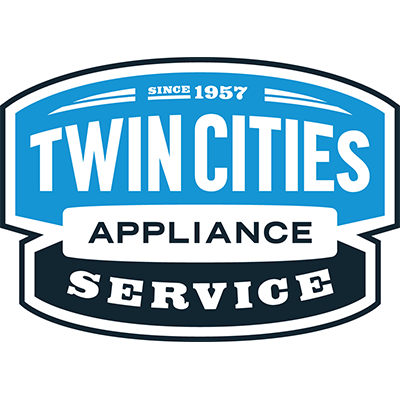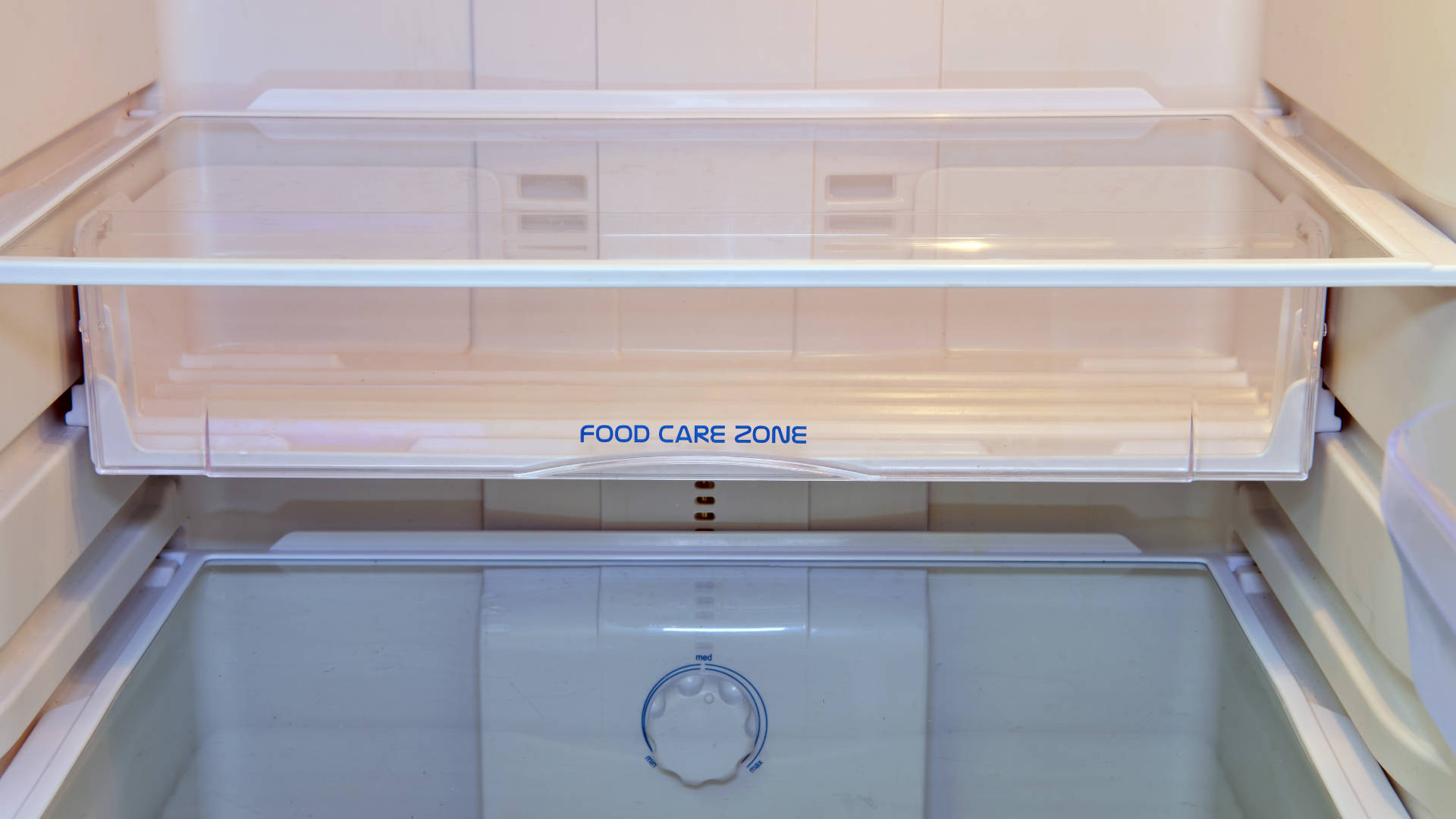
Most people know that refrigerator maintenance involves wiping down the shelves and changing the water filter. Not everyone realizes that fridges can also be maintained by how you fill them. Ever notice how sometimes the fridge seems colder than others? It has to do with how cold air flows through the fridge and freezer from the condenser coils.
Today, we’re here to talk about how that cold air works and how to optimize your fridge chill and energy efficiency with a little clever arranging on the shelves. Let’s dive into how cold air works in a refrigerator so you can strategize your fridge arrangement.
How Cold Air Flows Through Your Refrigerator
Cold air in your fridge starts with the condenser coils. The coils are extremely cold and the air is blown over them with fans. The cold air goes first into the freezer, where cold is the most important. From there, there may be a more distant vent from the coils to the fridge, or the cold air may be cycled directly from the freezer compartment then into the fridge compartment.
If these vents are open and air can flow around in the compartments from these vents, the fridge and freezer will stay at their optimum cool. If the vents are blocked, your fridge might become too warm and your freezer too cold.
What Can Block Good Fridge Airflow?
Anything can block airflow in your fridge, but especially large bagged or boxed food items that can fully block a vent. Some fridges have one or two vents, some have a row along a long line to make them more difficult to block. In the freezer, boxes of frozen goods are the most likely culprit. The wide flat surfaces are good at blocking vents when stacked too high. In the fridge. it depends on where the vents are. Items stacked too high or packed too close together can block airflow.
You can also prevent airflow by packing your fridge too tightly without enough empty space for cold air to cycle.
How to Promote Good Fridge Airflow
Now let’s talk about optimizing your fridge airflow. First and foremost, don’t block the vents. Become aware of where your fridge vents are located. They may be placed along the surface between the freezer and fridge. They may also be along the back, coming directly from the cooling coil areas. Make certain that these vents are not blocked and there is some space around them for cold air to escape and disperse.
Use strategy in where you place things. The items put closest to the vents will also be the coldest. So if you like ice-cold sodas, for example, near the vents is the best place to chill them.
From the vents, be sure there is plenty of negative space for cold air to flow around your fridge items. Normally, this is accomplished with shelf placement, giving some space above your items for cold air. That space also makes it easier to reach in and grab your items casually when cooking.
What to Do with an Empty Fridge
We’ve talked about how to strategize a full fridge, but what about an empty one? You may have noticed that the fridge can’t stay cold when it’s empty, and that can’t possibly be blocked vents. The answer is cold retention. Fridges are designed to stay cold when full of food. But that food (and beverages) act like cold batteries. Like a picnic basket packed with cold items together, the food in your fridge helps to maintain the cold.
If there is not enough food in your fridge, then it won’t stay cold. The answer is surprisingly simple: Jugs of water. Fill larger containers with tap water and place them on your fridge shelves. These will act as the cold batteries you need to both optimize airflow and chill inside your fridge.—
Maintaining your fridge doesn’t have to mean breaking out the screwdriver and gloves. Understanding how cold air flows through your freezer and fridge can help you optimize your fridge performance between mechanical maintenance checks.
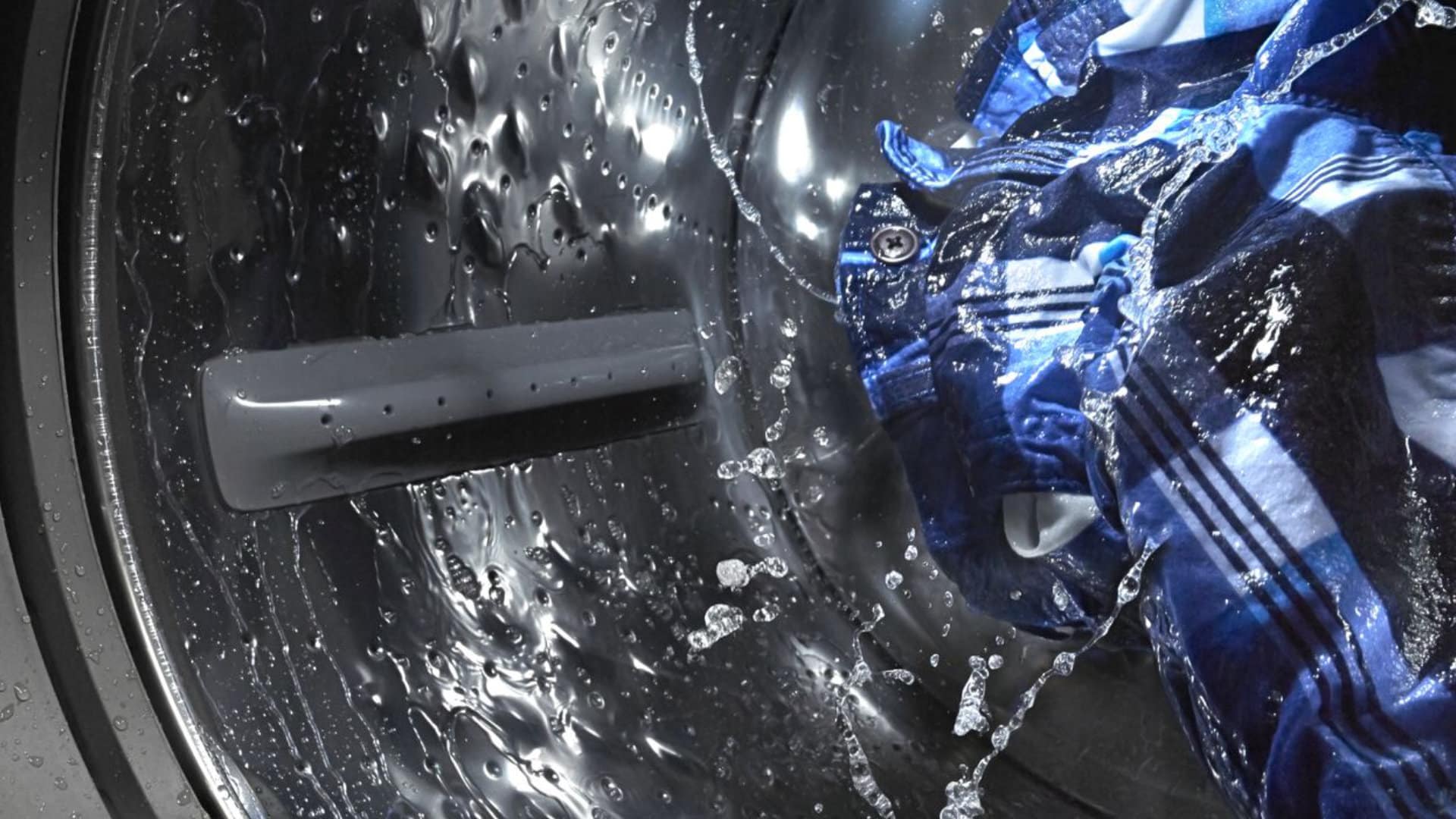
How to Fix the Whirlpool Washer F5 E3 Error Code
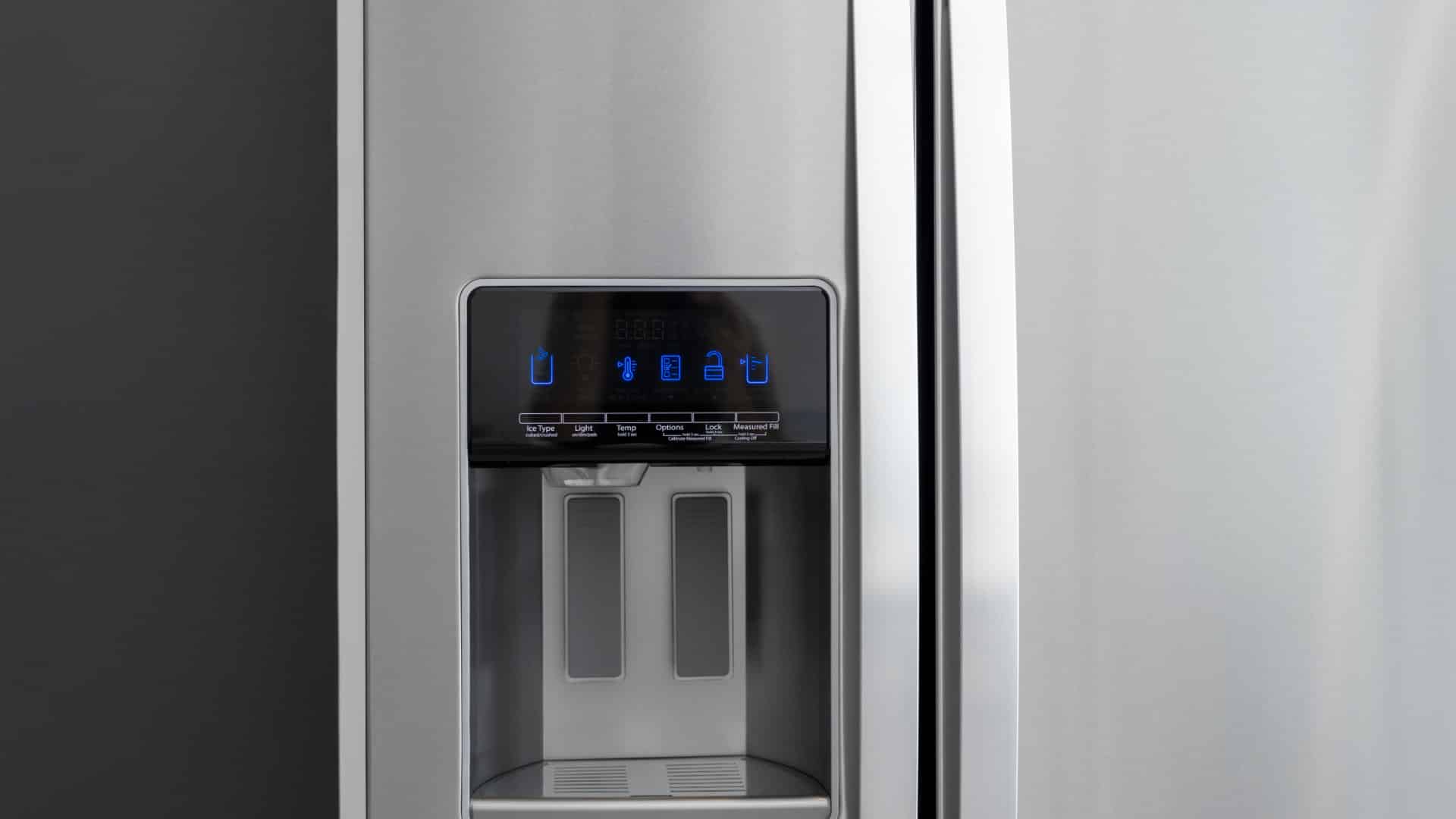
10 Steps to Clean Your Fridge Water Dispenser
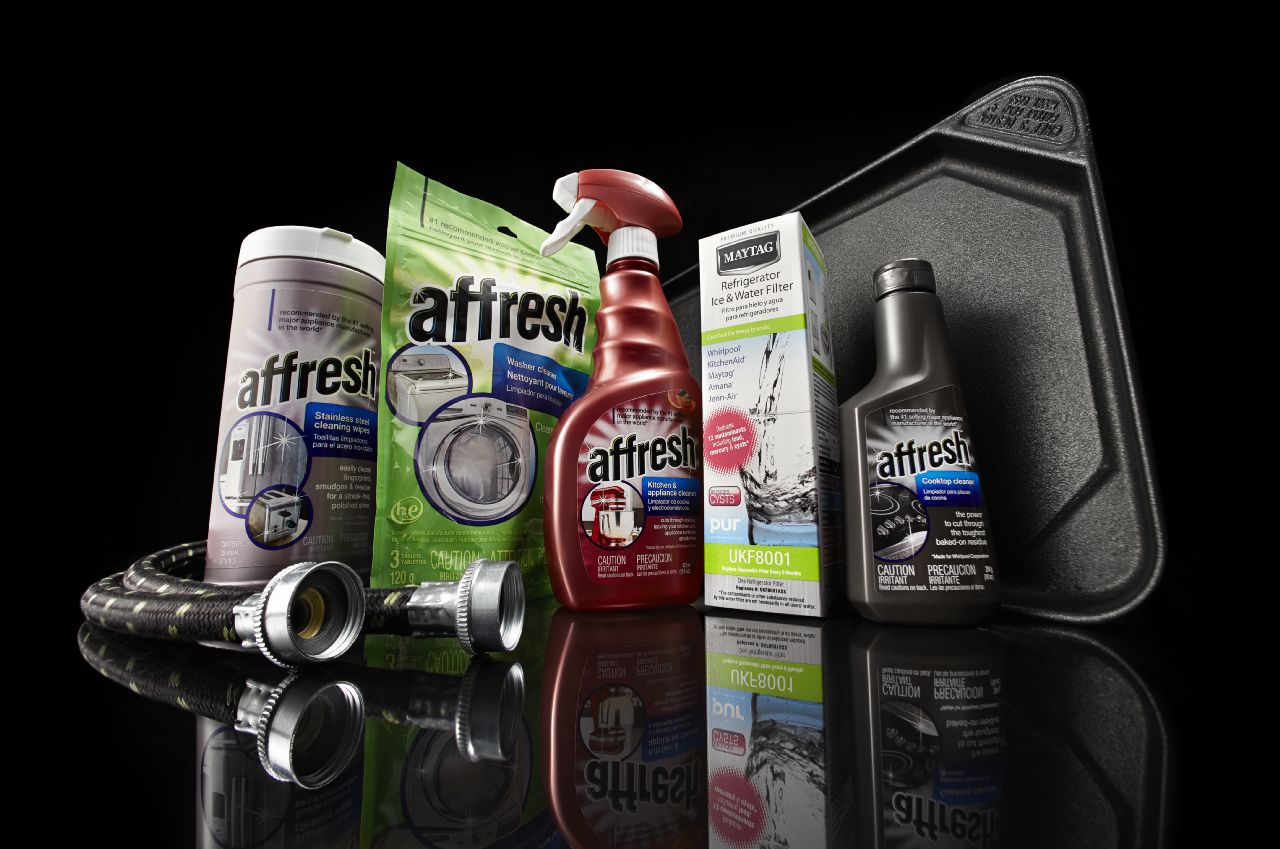
How to Replace a Whirlpool Refrigerator Water Filter

How to Clean an Oven Glass Door (3 Easy Methods)
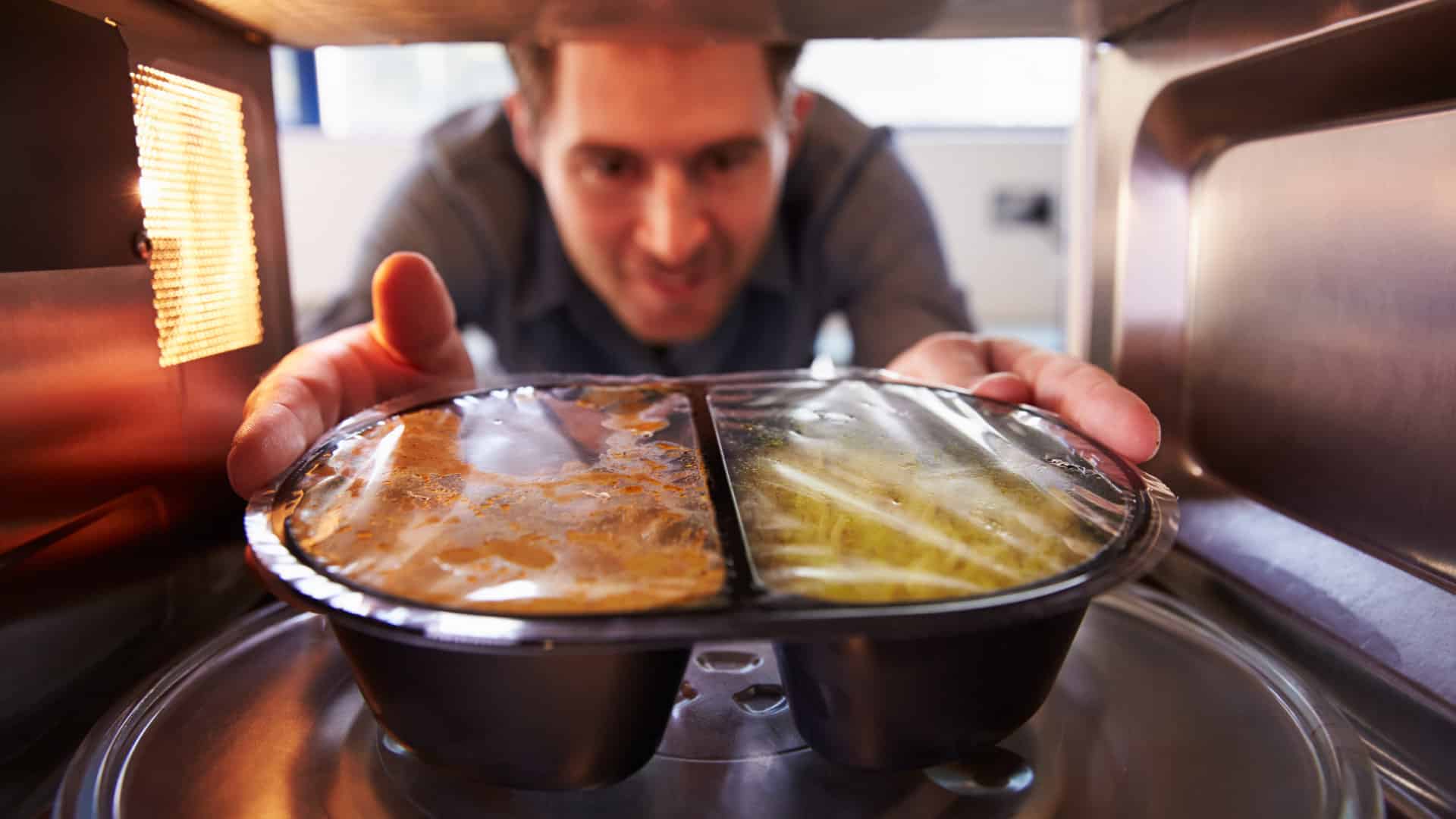
Why Your Microwave Plate Is Not Spinning

Washer Spin Cycle Not Working? Here’s Why

How to Fix a Slow Ice Maker
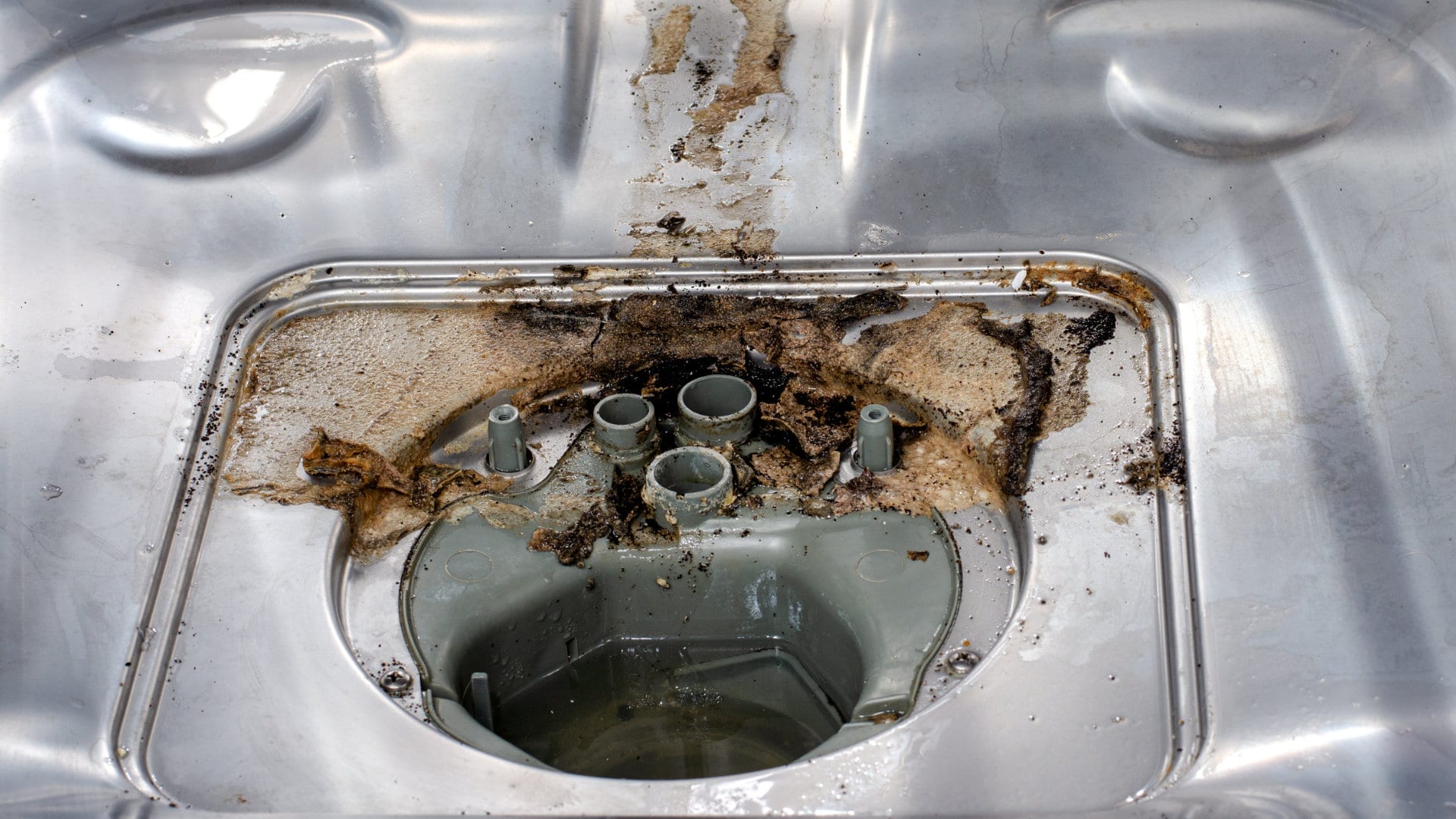
Why Does My Dishwasher Smell like Sewage?
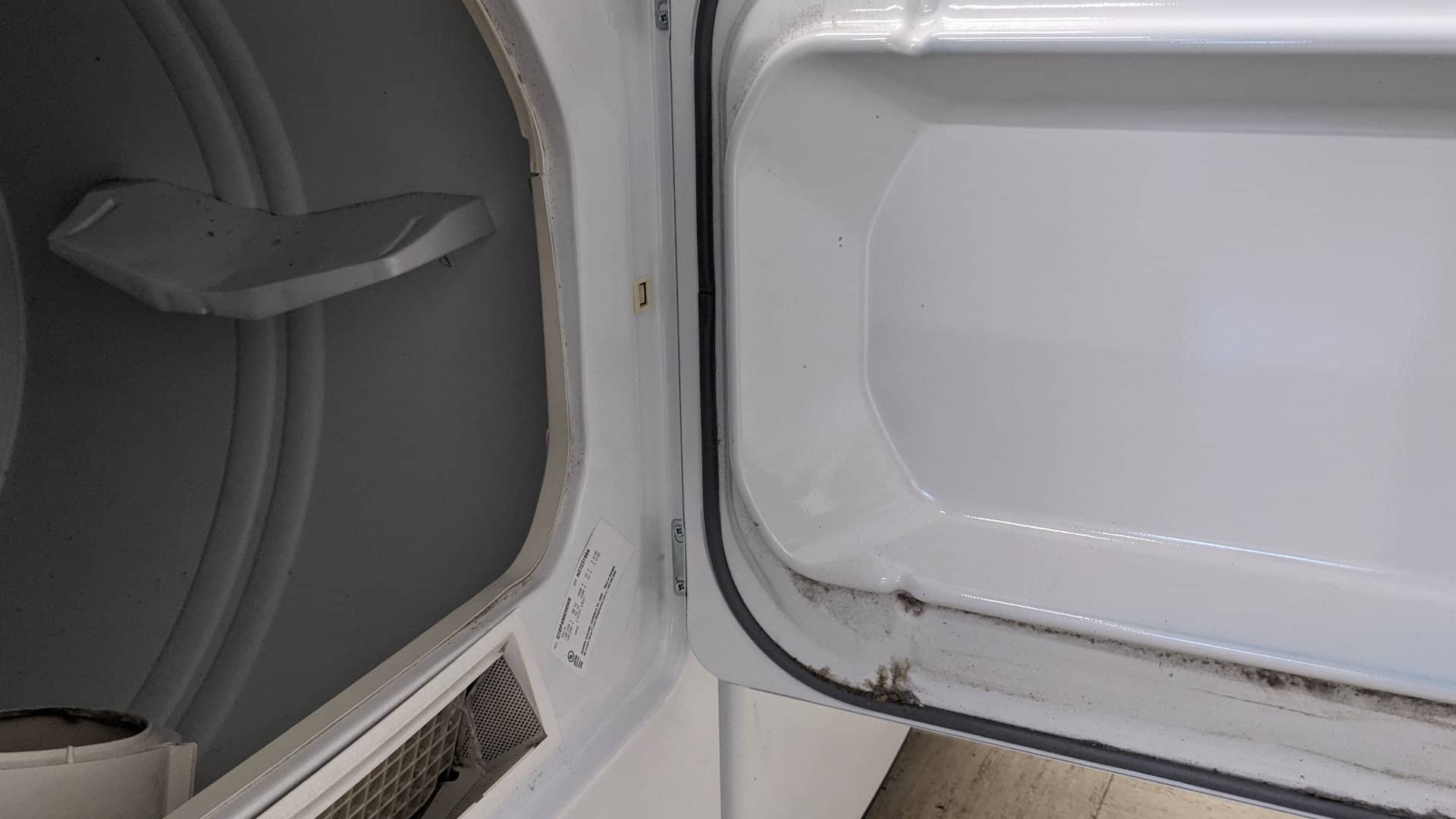
What Causes a Dryer to Overheat? (and How to Fix It)


